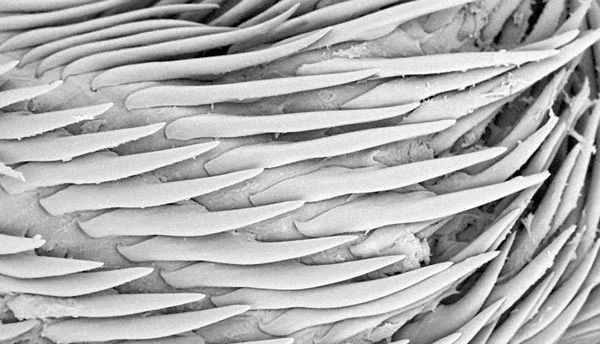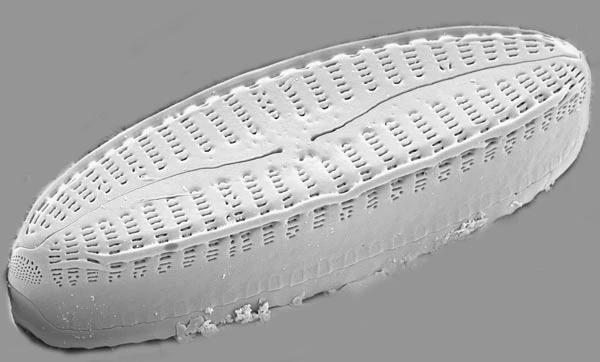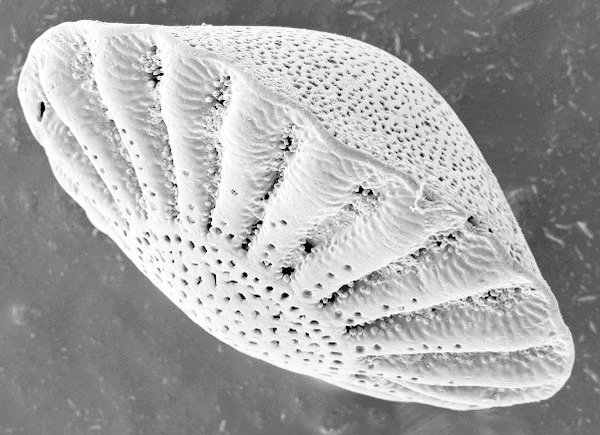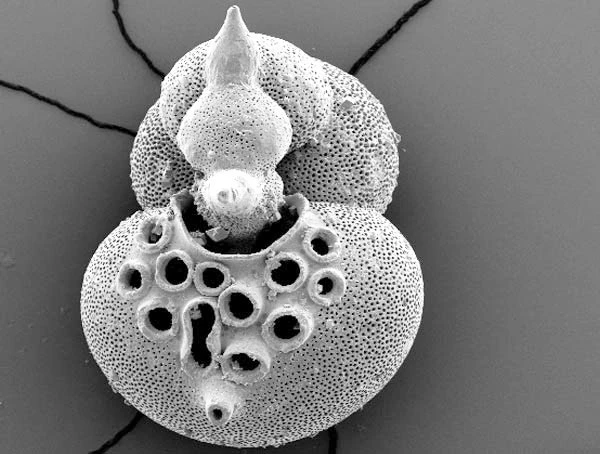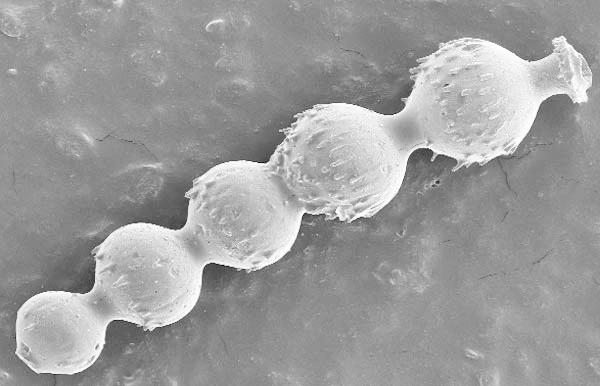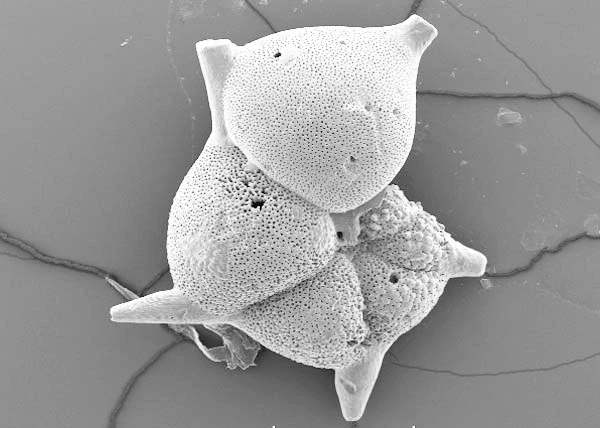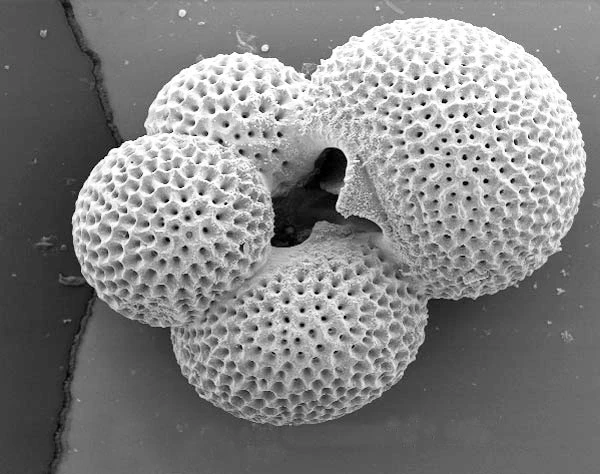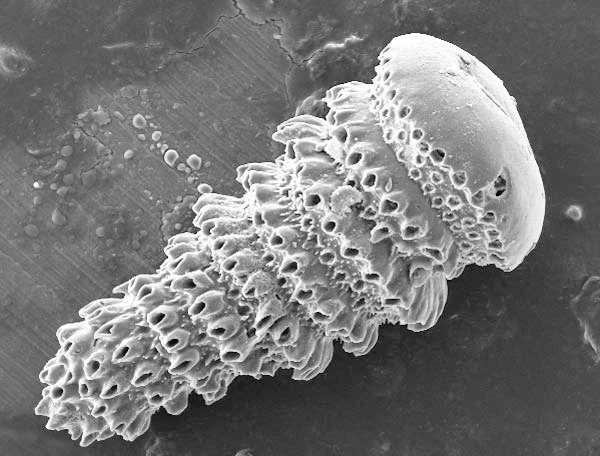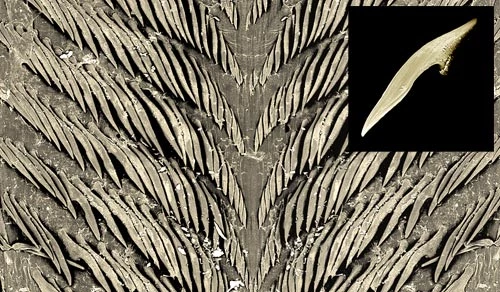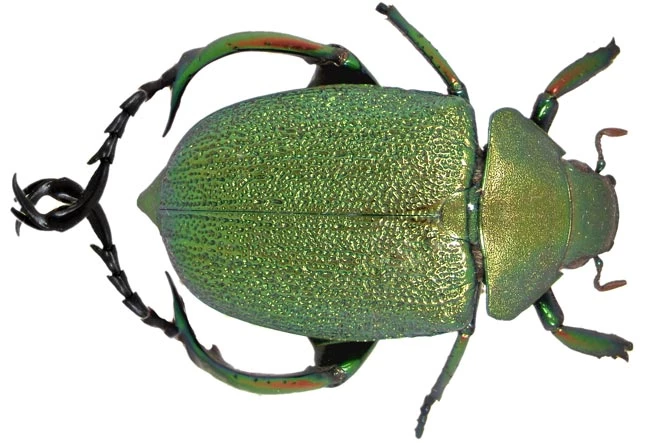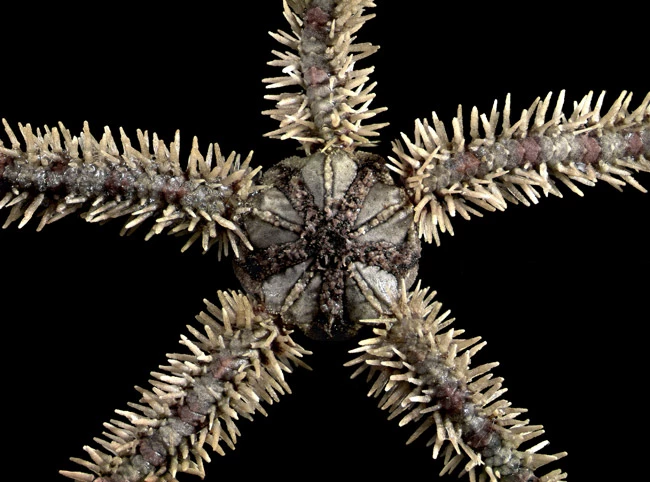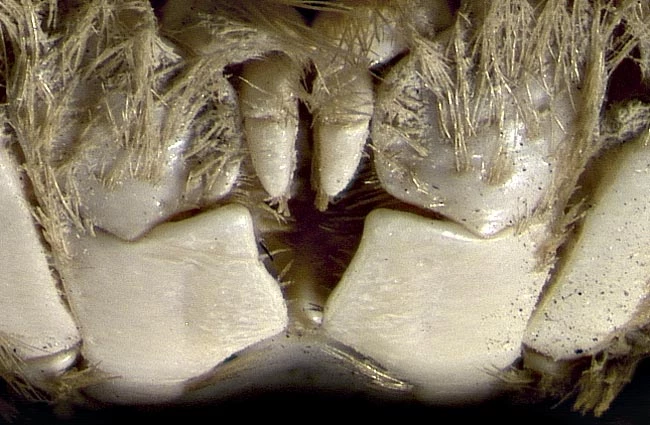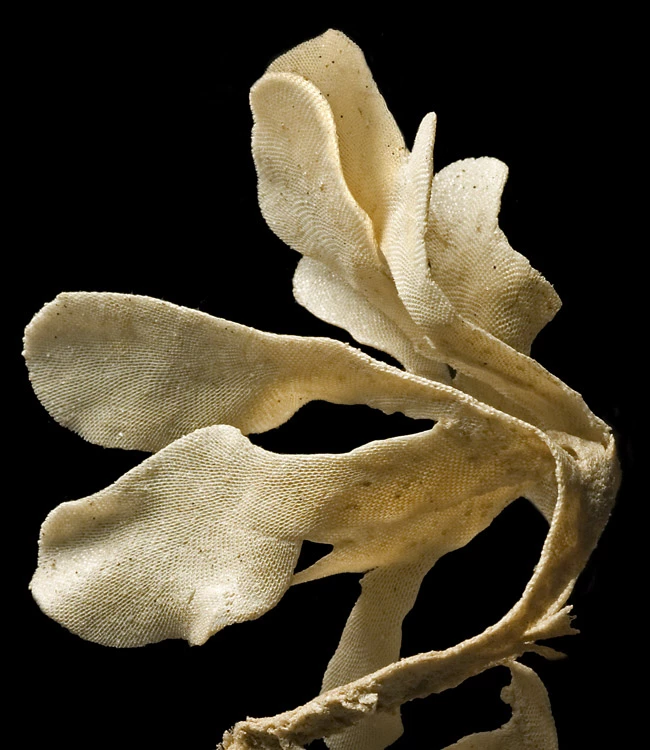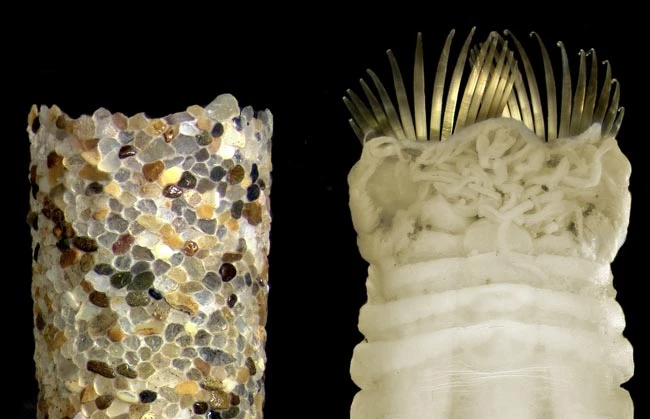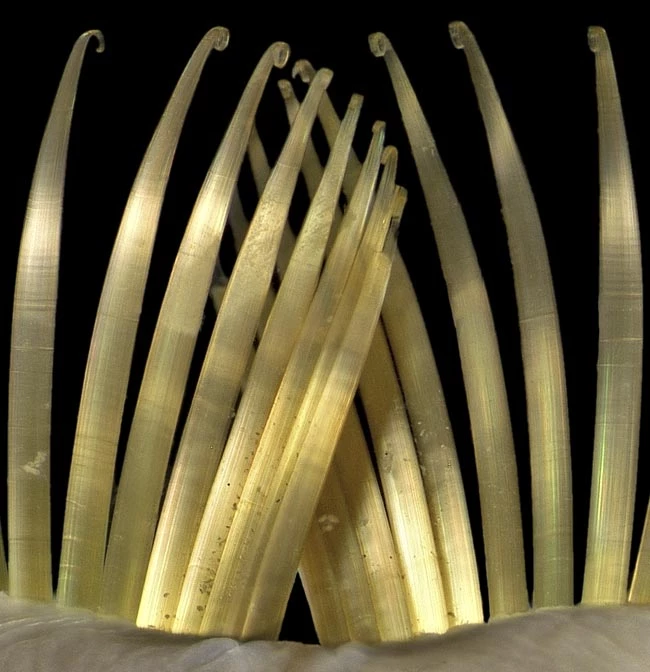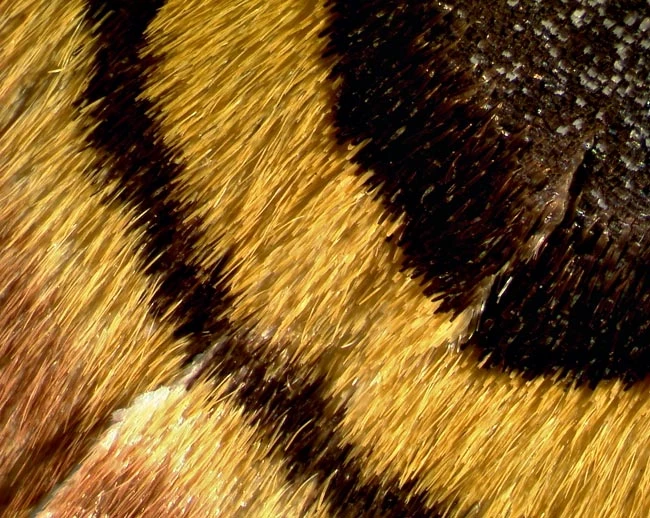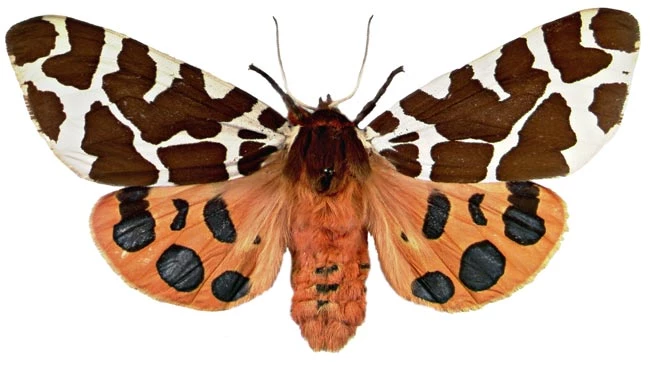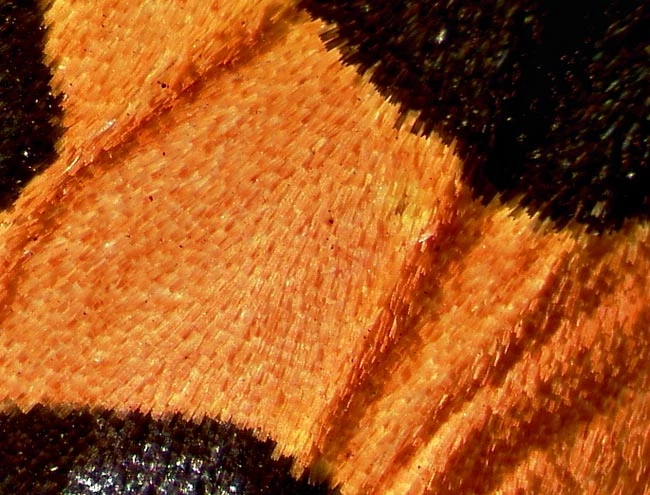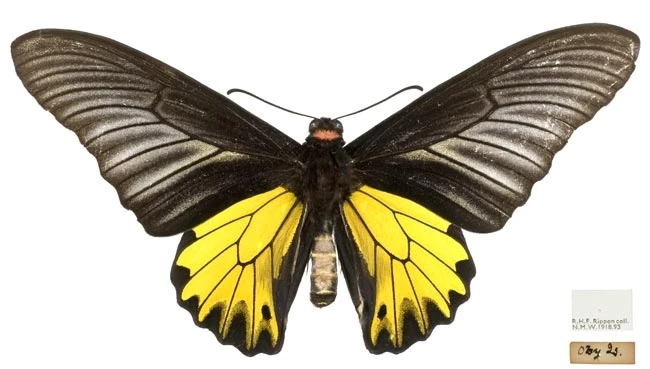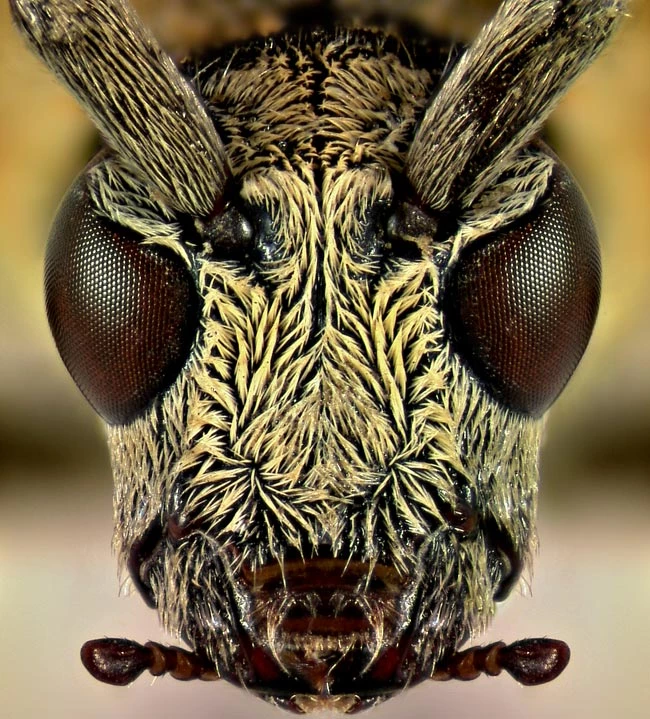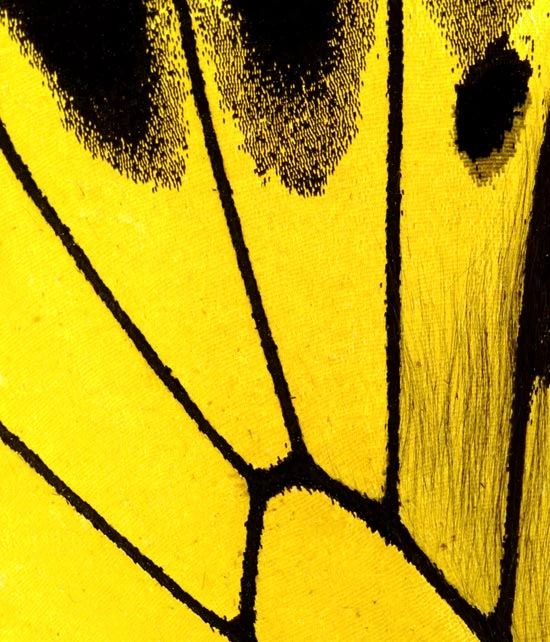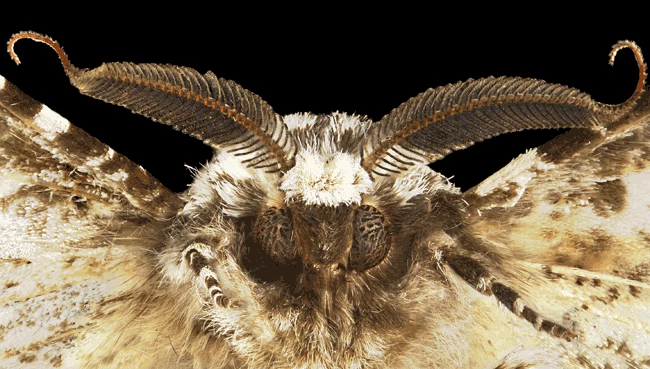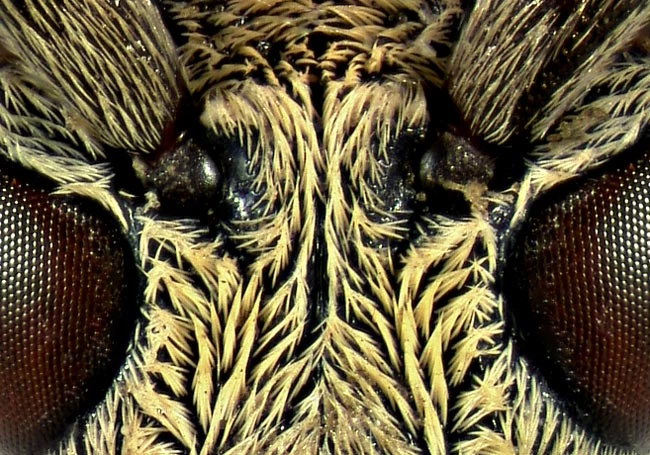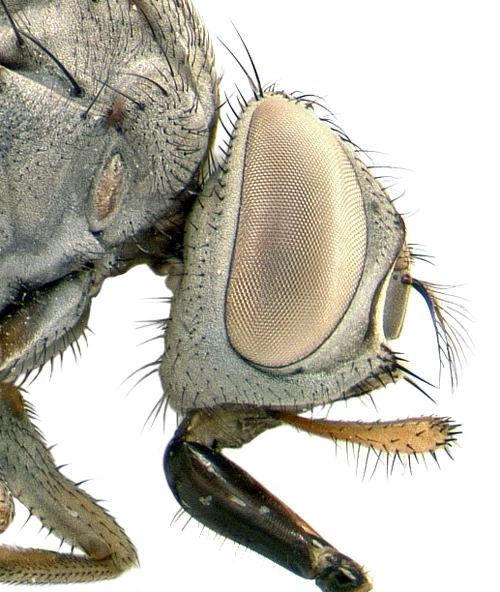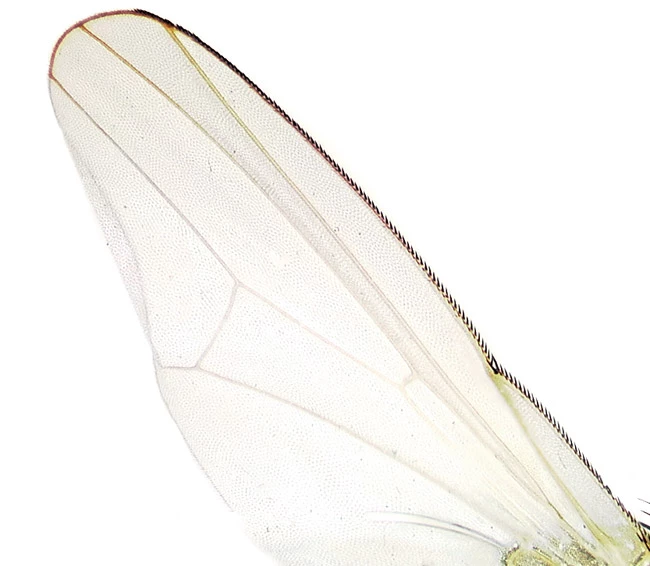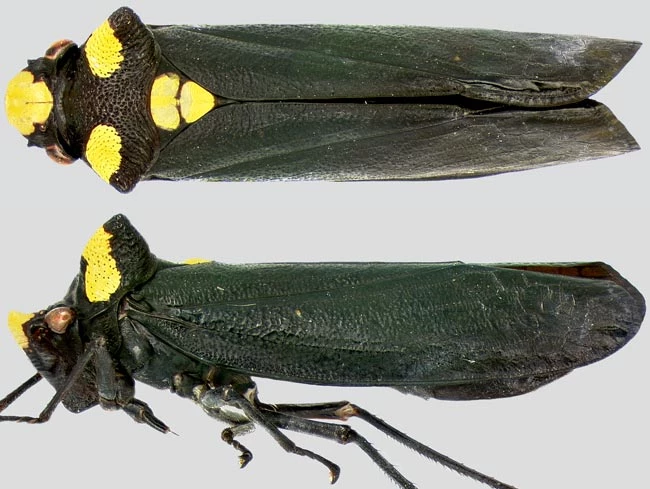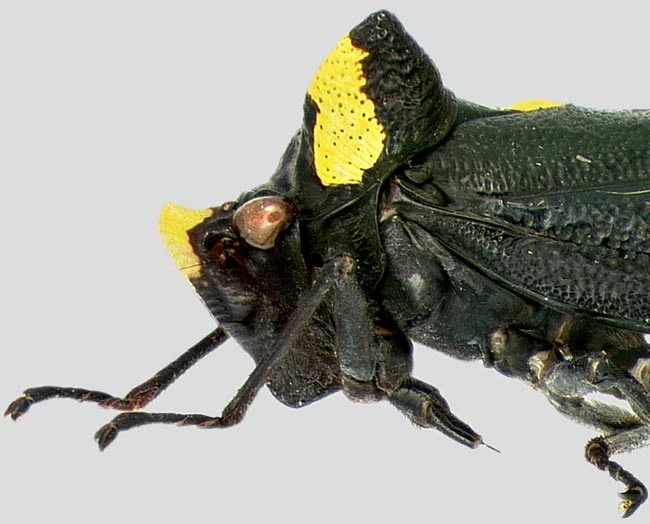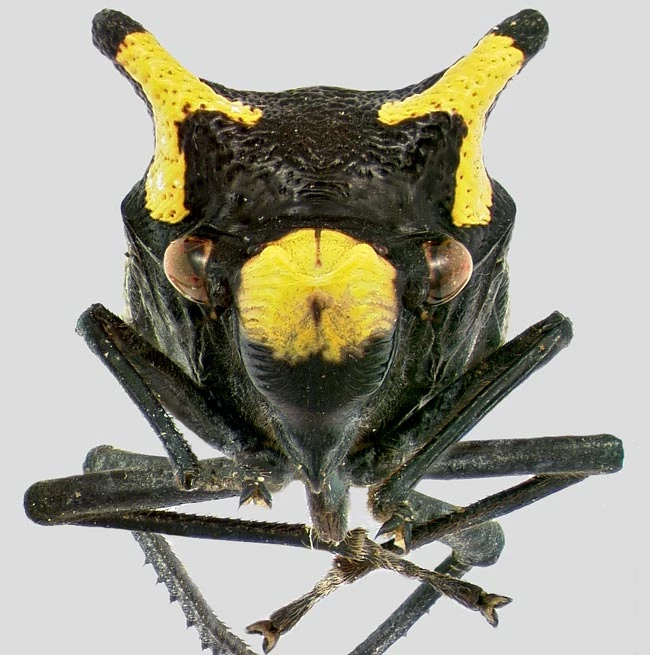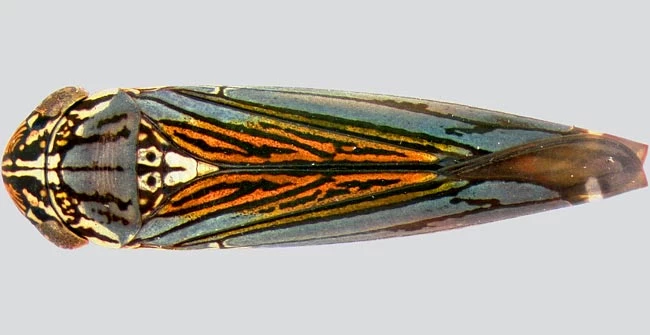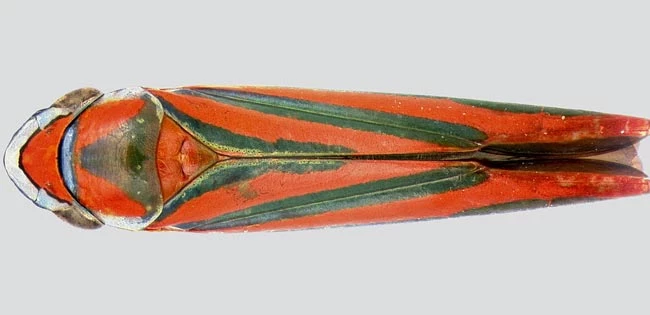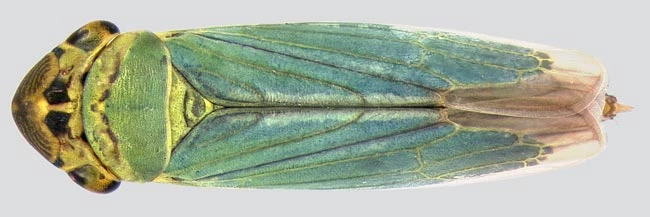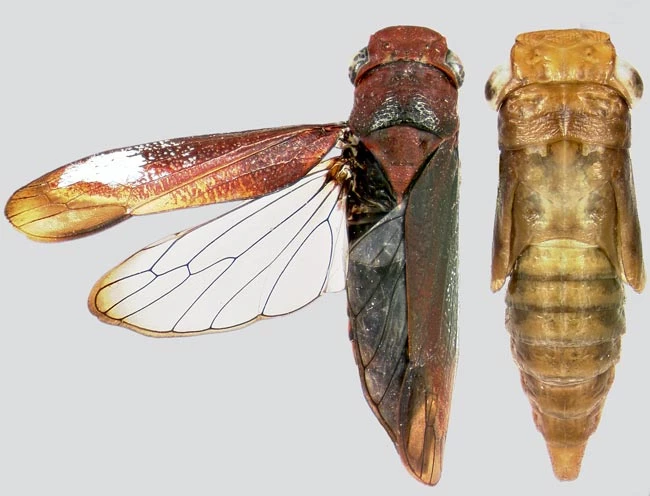Up close with nature
Witness the bizarre structures and patterns of nature close up. These amazing images have been created by the scientists at Amgueddfa Cymru using highly magnified photography. From butterflies to microscopic plankton - remarkable details are revealed in a whole new light in these breathtaking pictures, which are to be admired for their striking beauty as well as the scientific value they hold.
At this level of magnification, reality becomes quite surprising, click on the images below to discover more...
Up Close with Nature
A radula is a rough tongue or band of horny teeth used by snails to rasp at its food, whether its plant or animal matter. As a snails radula can differ between different species, Amgueddfa Cymru examines these images carefully in order to identify one species from another.
Diatoms are a type of microscopic algae that consist of one cell or a group of cells; Diatoms produce a hard silica shell that is often preserved after the animal dies and sinks to the sea floor. Scientists are able to extract diatom shells and use them to investigate past climates.
These shells pictured here belonged to pin-head sized animals called 'foraminifera', or formas. These ones lived about 35 million years ago, but similar kinds live in today's oceans.
Find out how these tiny specimens are helping scientists at Amgueddfa Cymru research climate change that took place 34 million years ago in
When Antarctica went into the deep freeze Image: Ian McMillan, Cardiff University.The chemistry of these foram shells can tell us how ocean temperatures changed through time by measuring the amount of magnesium in the shells - Forams take elements from the ocean into their shells, using more magnesium at warmer temperatures.
Find out how these tiny specimens are helping scientists at Amgueddfa Cymru research climate change that took place 34 million years ago in
When Antarctica went into the deep freeze Image: Paul Pearson, Cardiff University.Dead forams fall to the sea floor and build up in layers of mud over millions of years. The foram shells are like time capsules, with their chemical information locked inside.
Find out how these tiny specimens are helping scientists at Amgueddfa Cymru research climate change that took place 34 million years ago in
When Antarctica went into the deep freeze Image: Ian McMillan, Cardiff University.By measuring the magnesium content of forams, it gives us a record of how ocean temperature has changed through time: more magnesium present in the shells the warmer the ocean was when the foram died.
Find out how these tiny specimens are helping scientists at Amgueddfa Cymru research climate change that took place 34 million years ago in
When Antarctica went into the deep freezeImage: Paul Pearson, Cardiff University.
Find out how these tiny specimens are helping scientists at Amgueddfa Cymru research climate change that took place 34 million years ago in
When Antarctica went into the deep freezeImage: Paul Pearson, Cardiff University.
Find out how these tiny specimens are helping scientists at Amgueddfa Cymru research climate change that took place 34 million years ago in
When Antarctica went into the deep freezeImage: Ian McMillan, Cardiff University.
These join to opposing teeth and sockets in the opposite valve. The teeth are one of many characters which help scientists to identify different bivalve species.
Image: James Turner, Amgueddfa Cymru.
An extreme magnification of the exterior shell covering of Spinaxinus sentosus, recovered from the organic cargo of the sunken ship Francois Vieljeux. The spines witnessed at this magnification lead scientists at Amgueddfa Cymru to name the new genus 'Spinaxinus' For more information see:
Gas Guzzling Clams.
The carnivorous Ghost Slug's blade-like teeth, each about half a millimetre long. These are much longer and sharper than those of herbivorous species.
Image: James Turner, Amgueddfa Cymru
Image: James Turner, Amgueddfa Cymru
Closely related to starfish, brittle stars crawl across the sea-floor using their flexible arms as "legs" for locomotion. There are some 1,500 species of brittle stars living today, and they are largely found in deep waters more than 500 metres (1,650 feet) down.
Image: James Turner, Amgueddfa Cymru.
Image: James Turner, Amgueddfa Cymru
The Thumbnail crab gets its name from its shell resembling a thumbnail. It is found in the North Sea, north-east Atlantic and Mediterranean Sea.
Image: James Turner, Amgueddfa Cymru.
Image: James Turner, Amgueddfa Cymru.
Hornwracks are small aquatic animals known as bryozonas that reproduce by budding and form branching colonies attached to stones or seaweed.
Image: James Turner, Amgueddfa Cymru.
Image: James Turner, Amgueddfa Cymru.
This worm builds its delicate tube home out of a thin layer of sand grains cemented by secretions of the worm's body The tube is just one sand grain thick with the individual sand grains positioned tight up against each other, forming a beautiful mosaic.
Image: James Turner, Amgueddfa Cymru.
Ice Cream Cone worms actually live upside down on the sea floor. The head of the worm possesses comb-like structures that rake through the sand as other feeding tentacles pick out food. The tube can be up to 3 inches long and protect the soft parts of the animal. It is also commonly referred to as a tusk worm. Note the mosaic like pattern of sand grains.
Image: James Turner, Amgueddfa Cymru
The head of this worm bears two groups of large, slightly curved, golden bristles. The bristles are used to loosen and turn over the sand, and the tentacles collect particles for food and for tube building.
Image: James Turner, Amgueddfa Cymru
Image: James Turner, Amgueddfa Cymru.
Image: James Turner, Amgueddfa Cymru.
Image: James Turner, Amgueddfa Cymru.
Image: James Turner, Amgueddfa Cymru.
This specimen, from India, is housed in the Rippon collection of Amgueddfa Cymru. Rippon was the first to monograph this group of Butterflies.
Image: James Turner, Amgueddfa Cymru.
Even small beetles can have frightening characteristics when viewed up close and head on! This specimen is only a few centimetres in body length.
Image: James Turner, Amgueddfa Cymru.
Image: James Turner, Amgueddfa Cymru.
Close up image of the Peppered Moth Biston betularia
Image: James Turner, Amgueddfa Cymru
Click on the next image along to reveal its face...
Image: James Turner, Amgueddfa Cymru.
Image: James Turner, Amgueddfa Cymru.
This specimen was collected in Fujairah, United Arab Emirates.
Image: James Turner, Amgueddfa Cymru.
This specimen was collected in Izmir, Turkey.
Image: James Turner, Amgueddfa Cymru.
Image: James Turner, Amgueddfa Cymru.
Image: James Turner, Amgueddfa Cymru.
This specimen was collected at Maraba, Aseer, Saudi Arabia.
Image: James Turner, Amgueddfa Cymru.
This specimen was collected in Al-Ajban, United Arab Emirates.
Image: James Turner, Amgueddfa Cymru.
This image illustrates the intricate detail of the wing veination.
Image: James Turner, Amgueddfa Cymru.
Adult sharpshooters lay eggs into the plant and these hatch into nymphs. In most species it takes about a month for the nymph to become an adult. The adult may then live for a further month or two before dying.
Image: James Turner, Amgueddfa Cymru.
All species have long thin mouthparts, like hypodermic needles, which they use to pierce and suck sap from plants. Some true bugs, such as bed bugs, feed from animals.
Image: James Turner, Amgueddfa Cymru.
Scientists at Amgueddfa Cymru have been photographed as many species of sharpshooter leafhoppers as possible to create identification guides so that farmers will be able to identify the bugs for themselves. To do this we have used new photographic techniques to produce the detailed images you see here.
Image: James Turner, Amgueddfa Cymru.
Sharpshooter leafhoppers are the largest and most colourful of all leafhoppers. They are so named as some squirt sap after feeding.
Image: James Turner, Amgueddfa Cymru.
Sharpshooter leafhoppers belong to the insect group Hemiptera, which also contains aphids, scale insects, spittlebugs, cicadas, treehoppers and true bugs.
Image: James Turner, Amgueddfa Cymru.
There are about 200 leafhoppers species in Britain. Around 19,000 species have been described in the world but many more remain to be discovered.
Image: James Turner, Amgueddfa Cymru.
The nymphs of leafhoppers shed their skin several times as they grow. Their wings develop as they grow, the wing pads getting a little larger with the shedding of each skin. The wings expand when the nymph becomes an adult. This is very different to insects such as butterflies where the caterpillar changes straight into an adult in a process called metamorphosis.
Image: James Turner, Amgueddfa Cymru.
There are over 2,300 known species of Sharpshooters, some of which spread disease in fruit trees. Grape vines in California have been hit very hard by Homalodisca vitripennis, as have Citrus trees in Brazil by other species of sharpshooter leafhoppers - so it is very important that we can identify those that spread disease from those that don't.
Image: James Turner, Amgueddfa Cymru.
